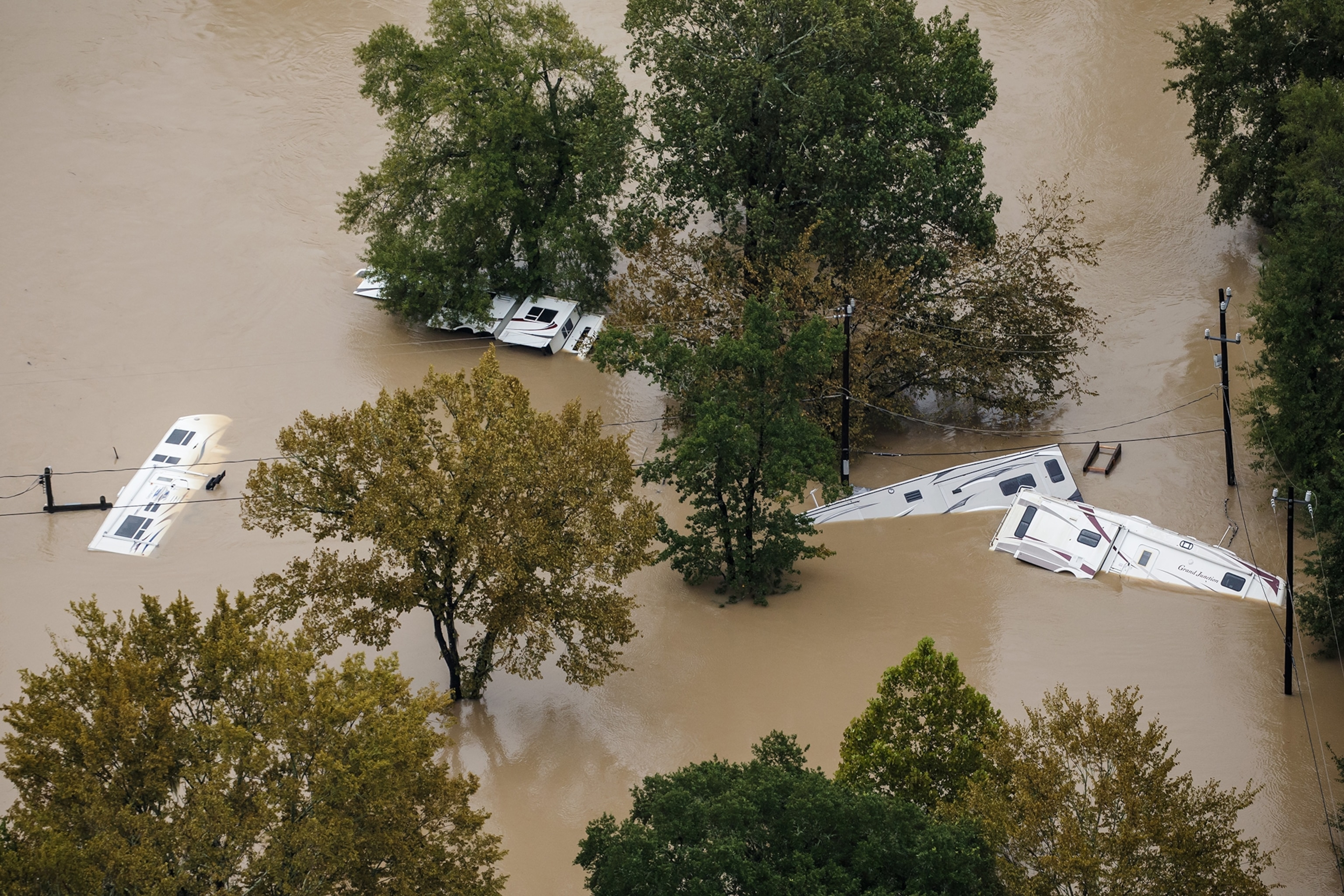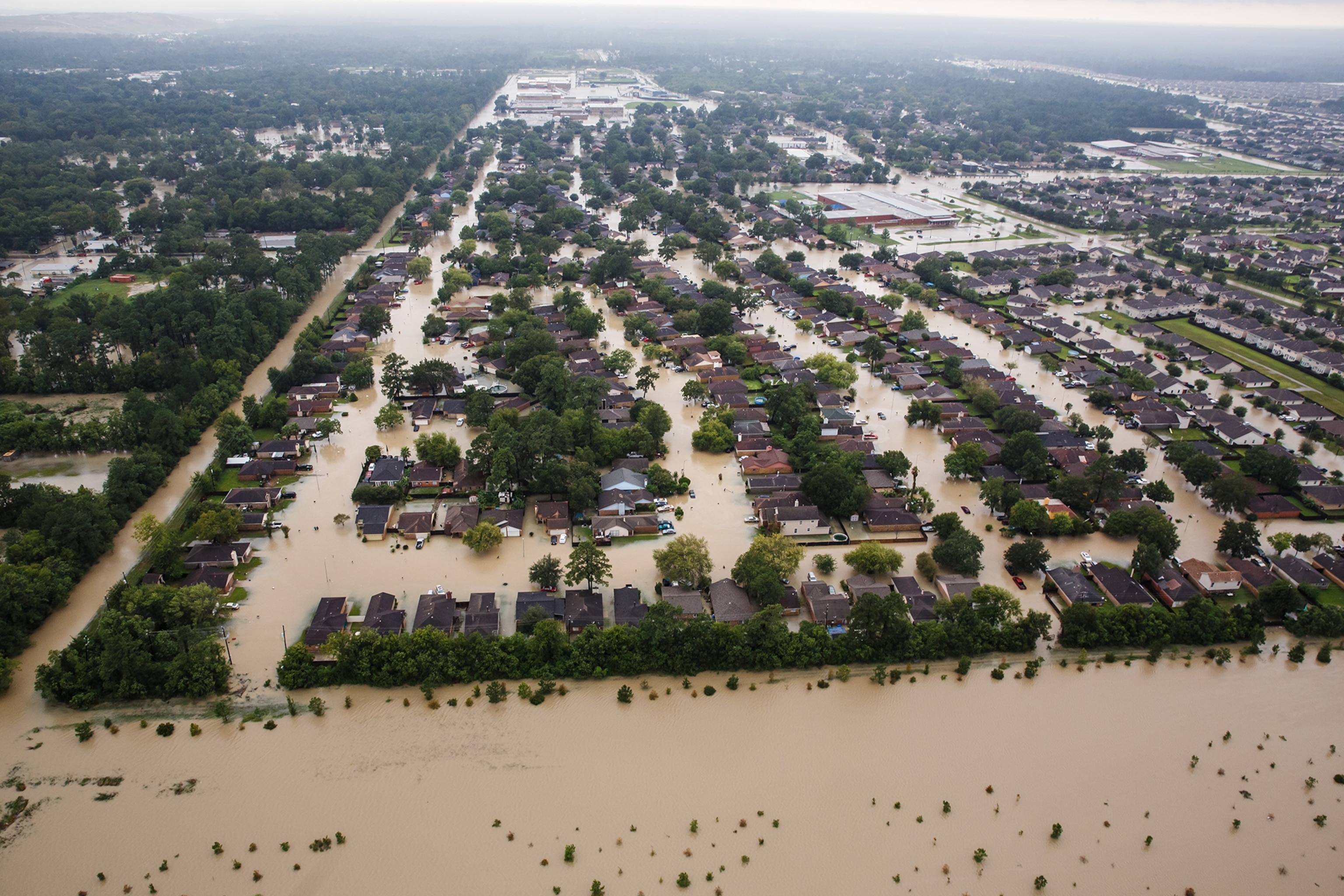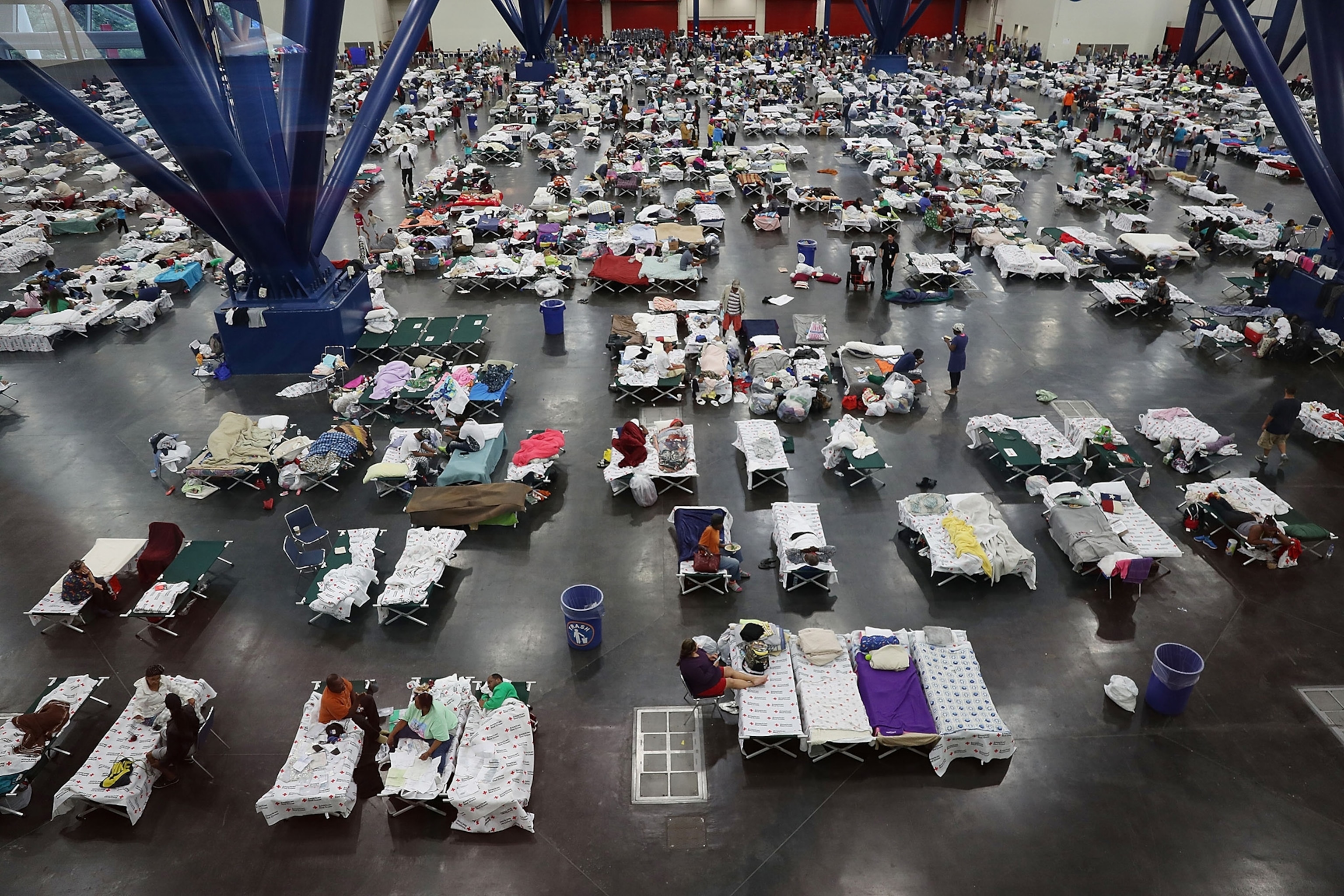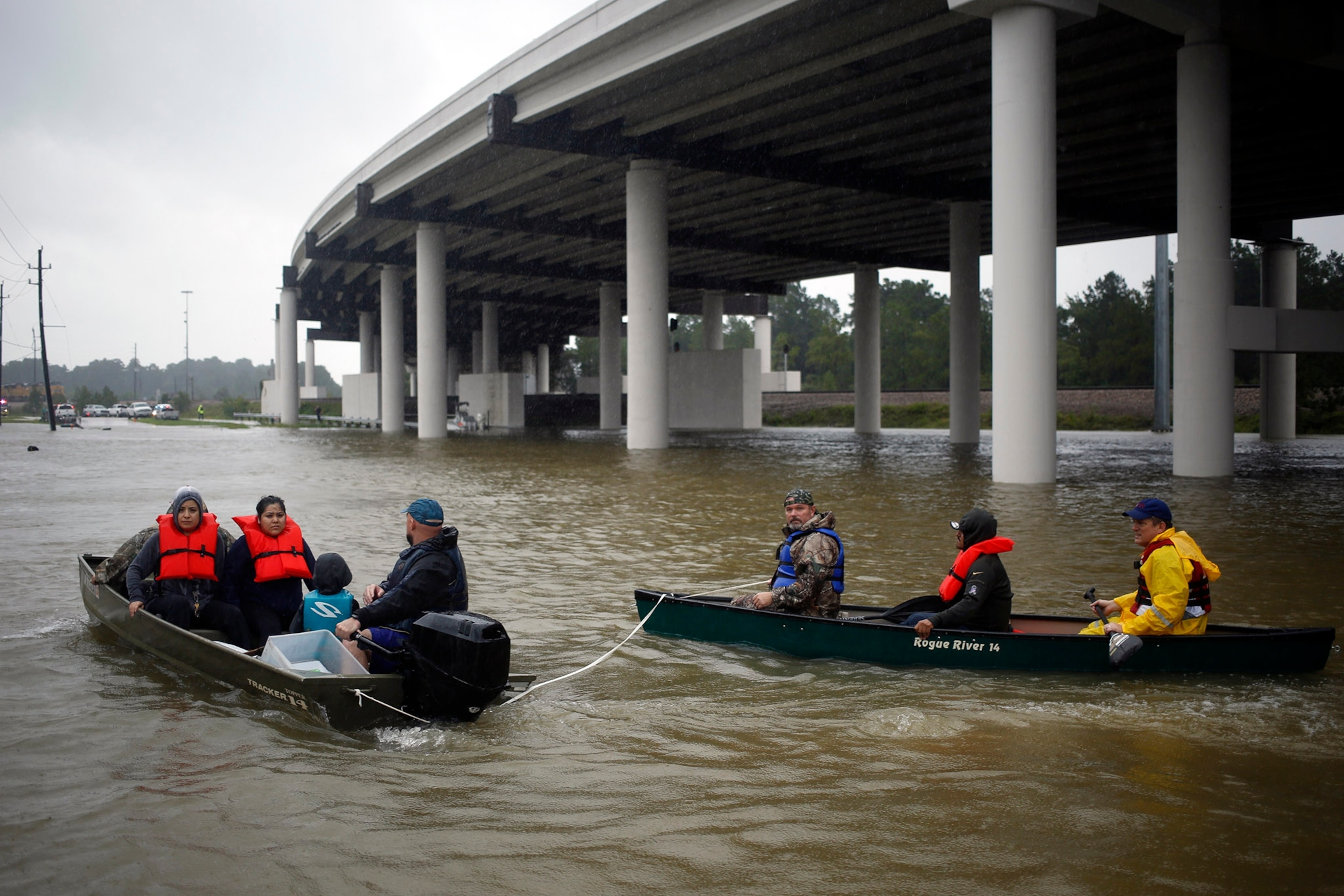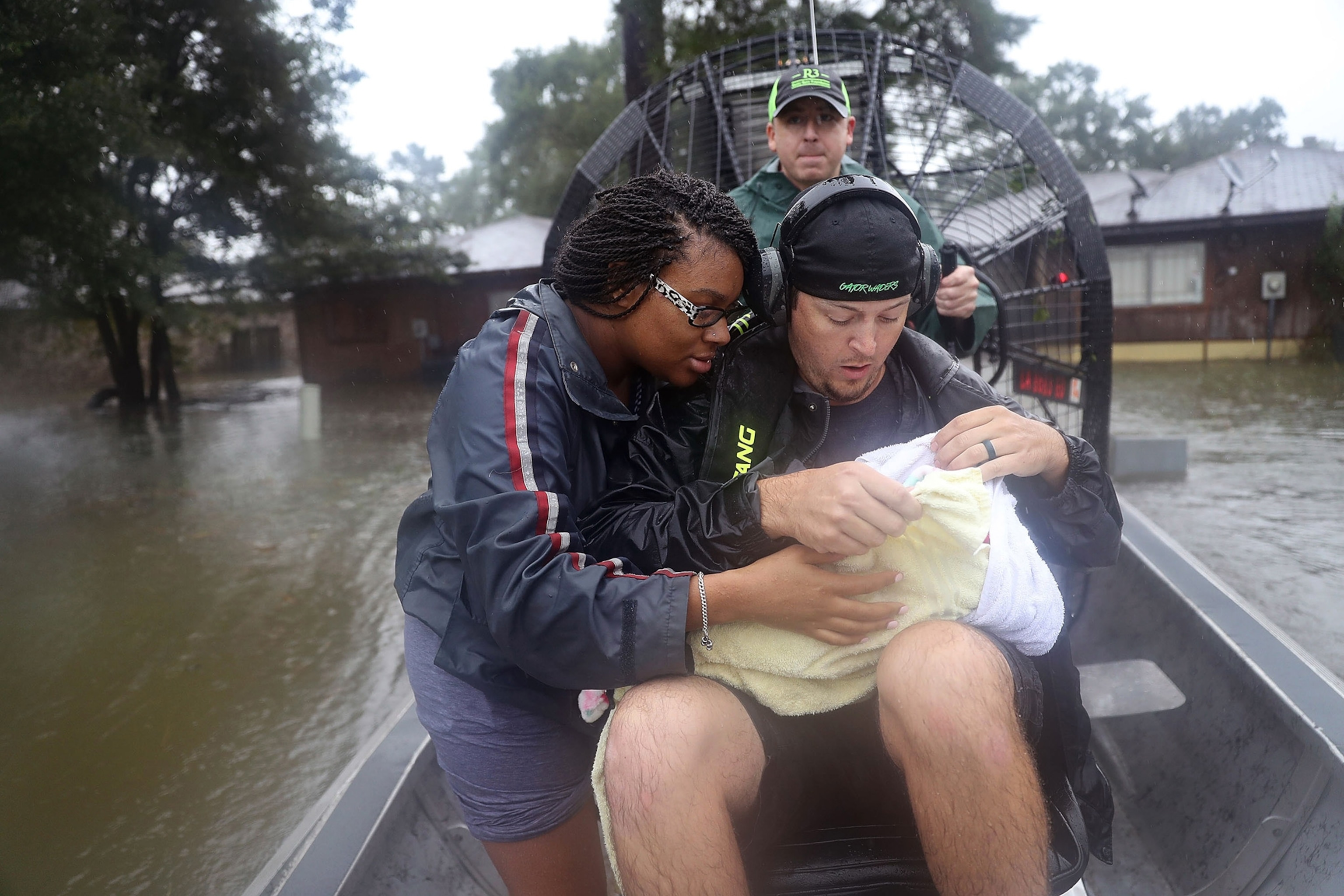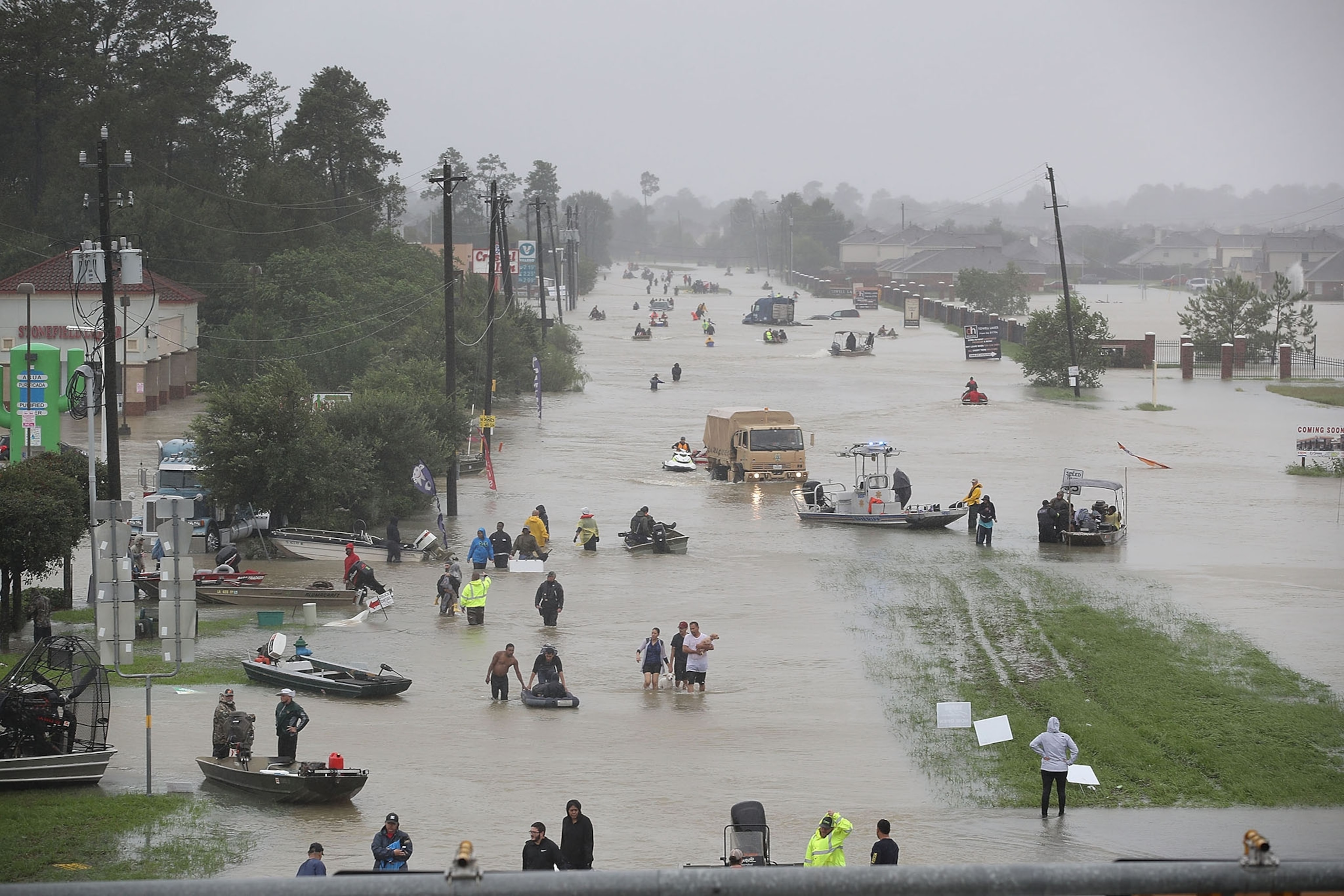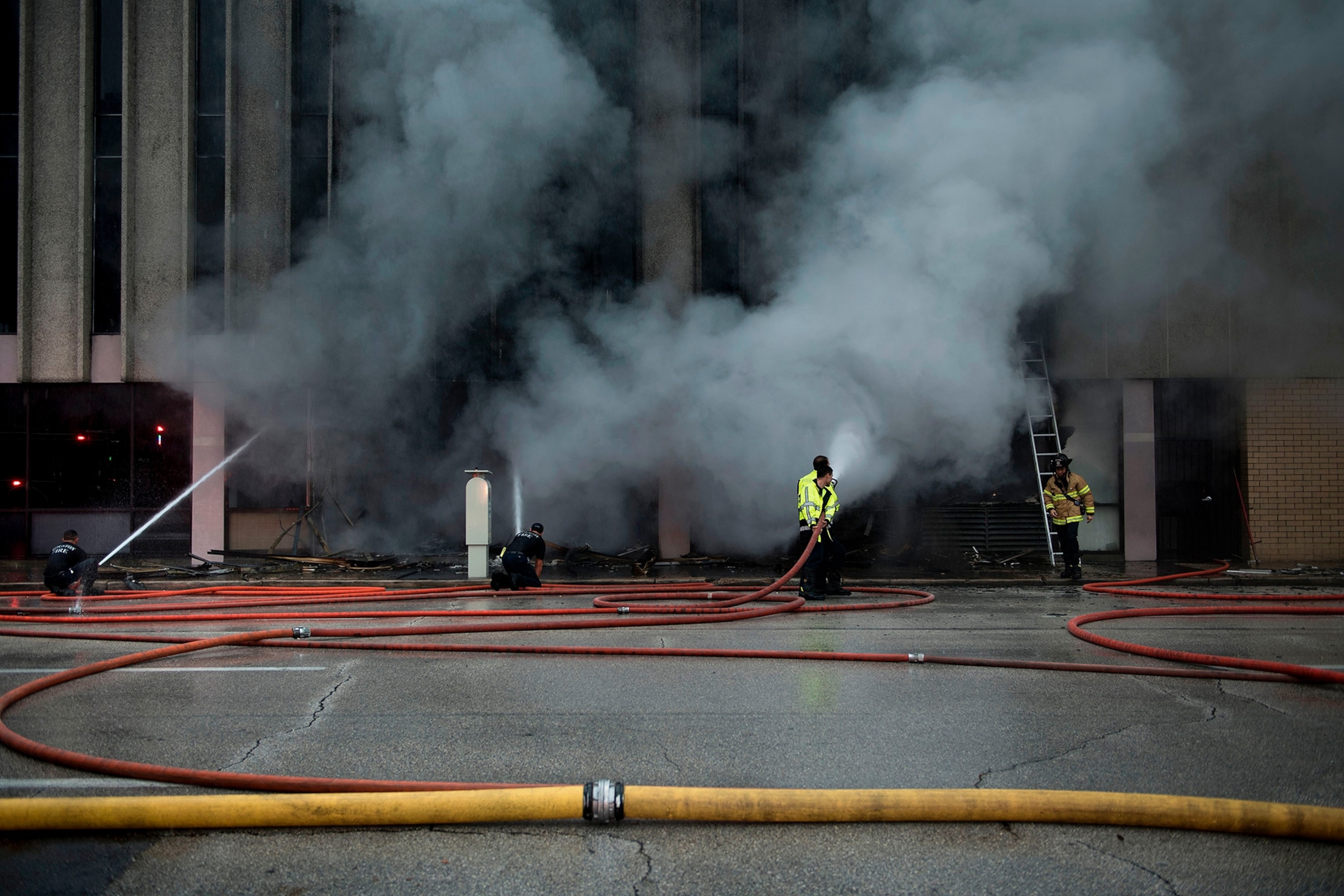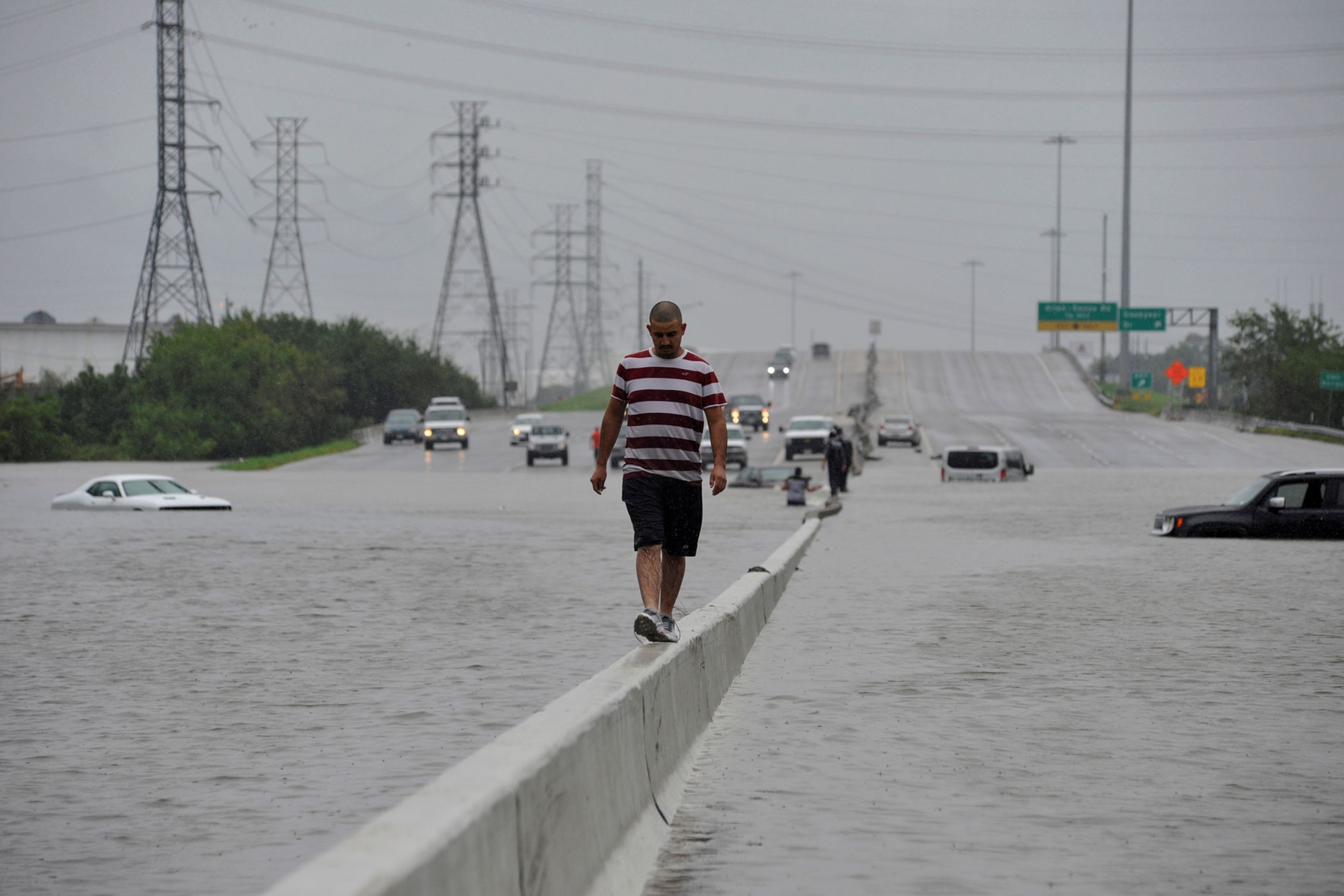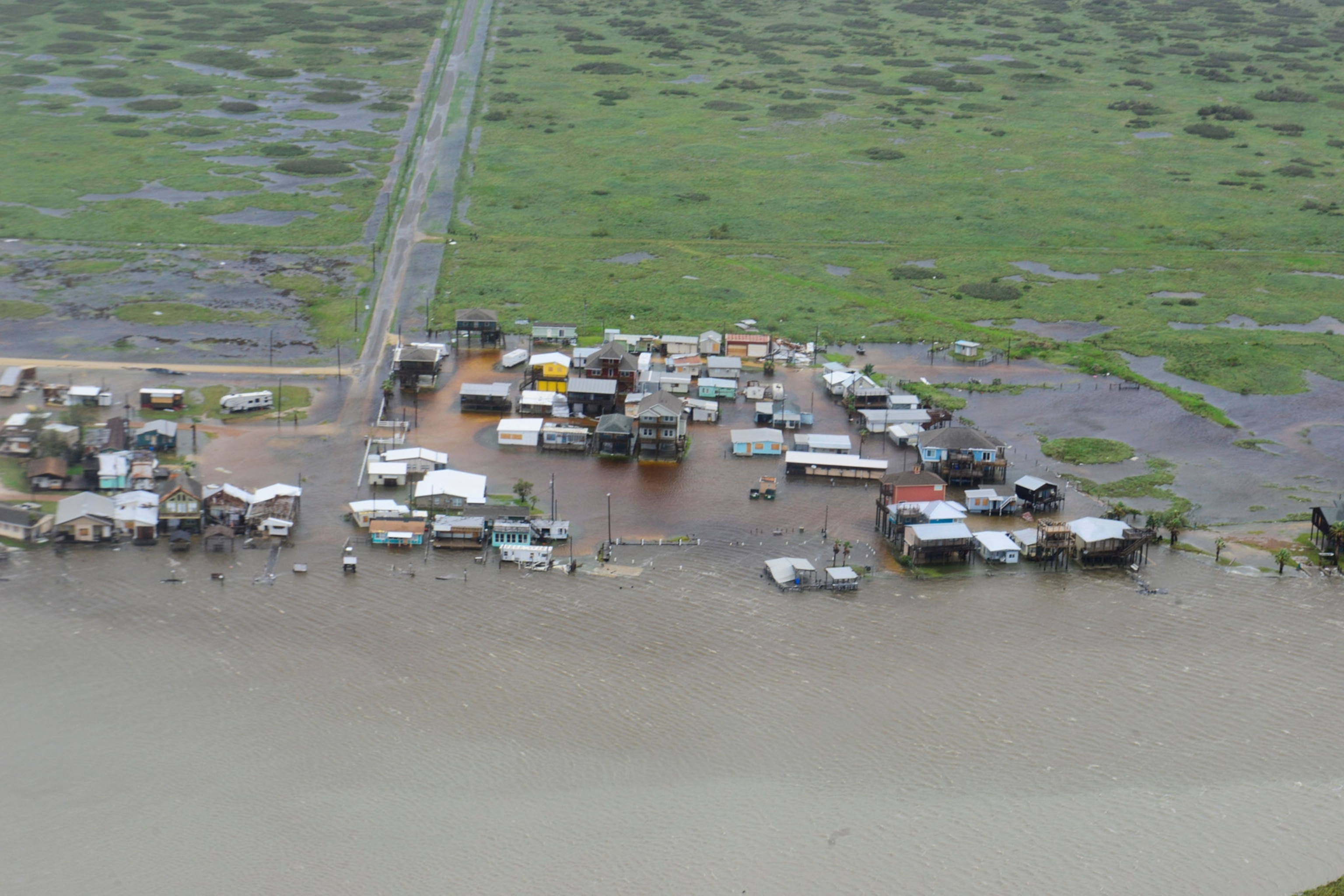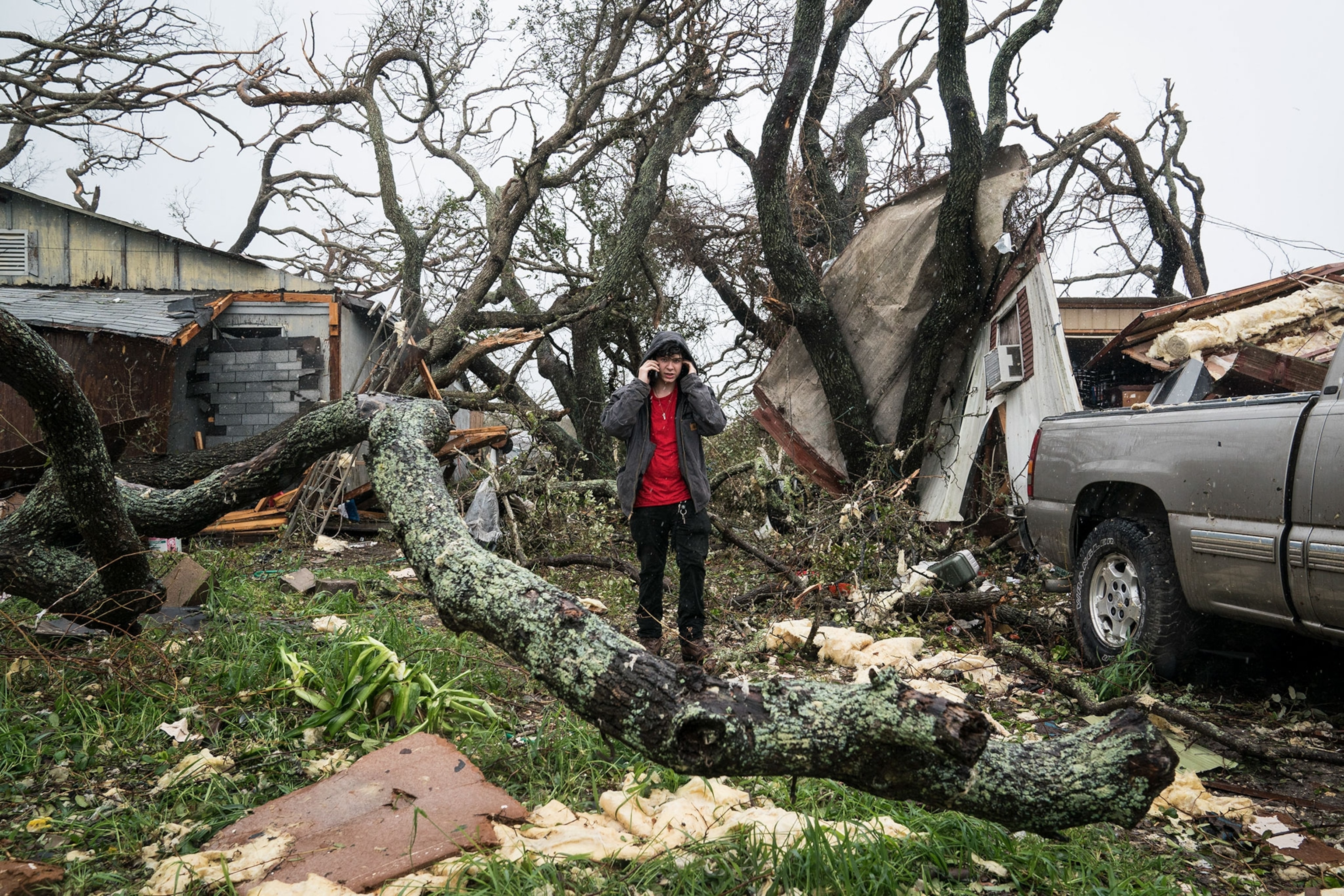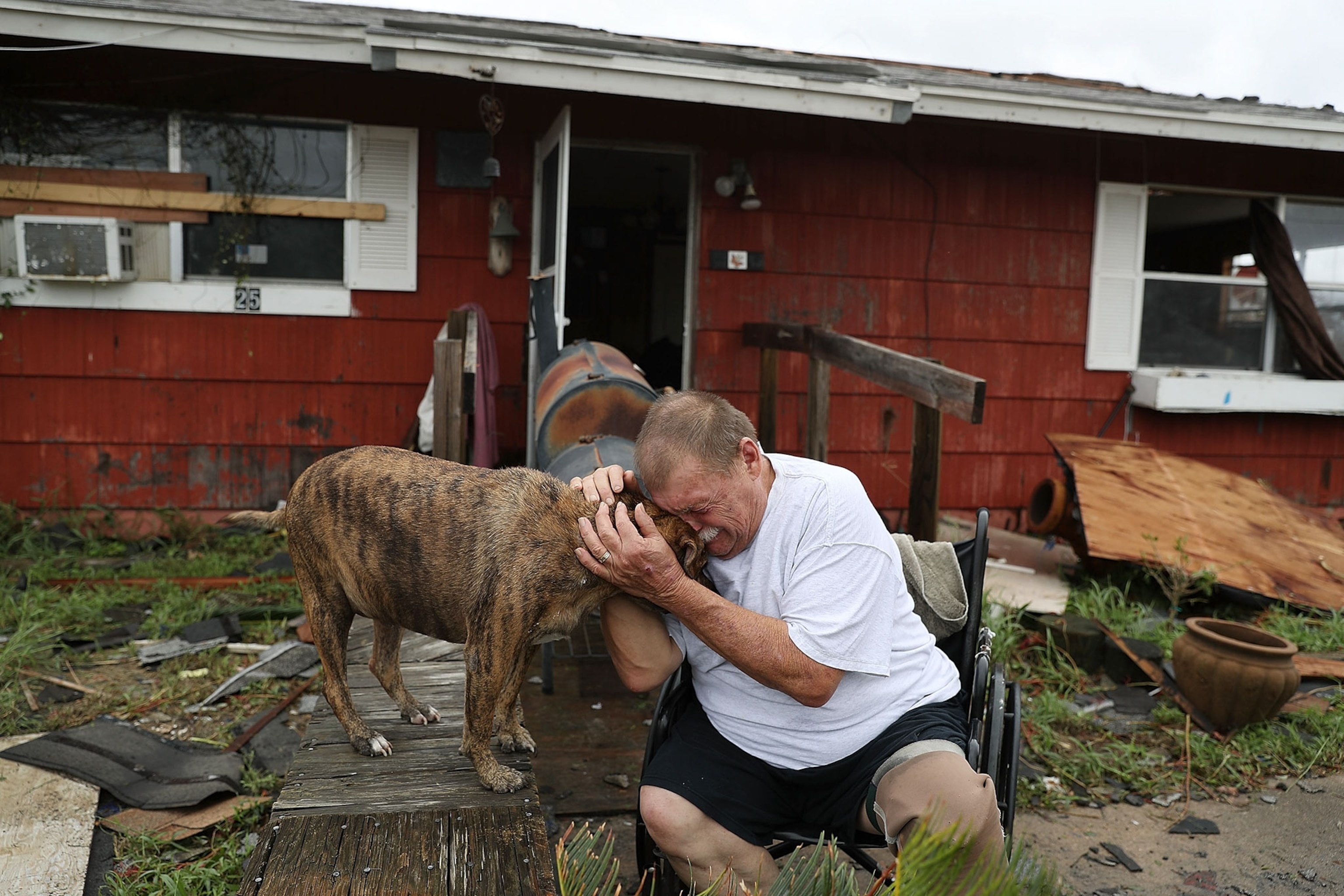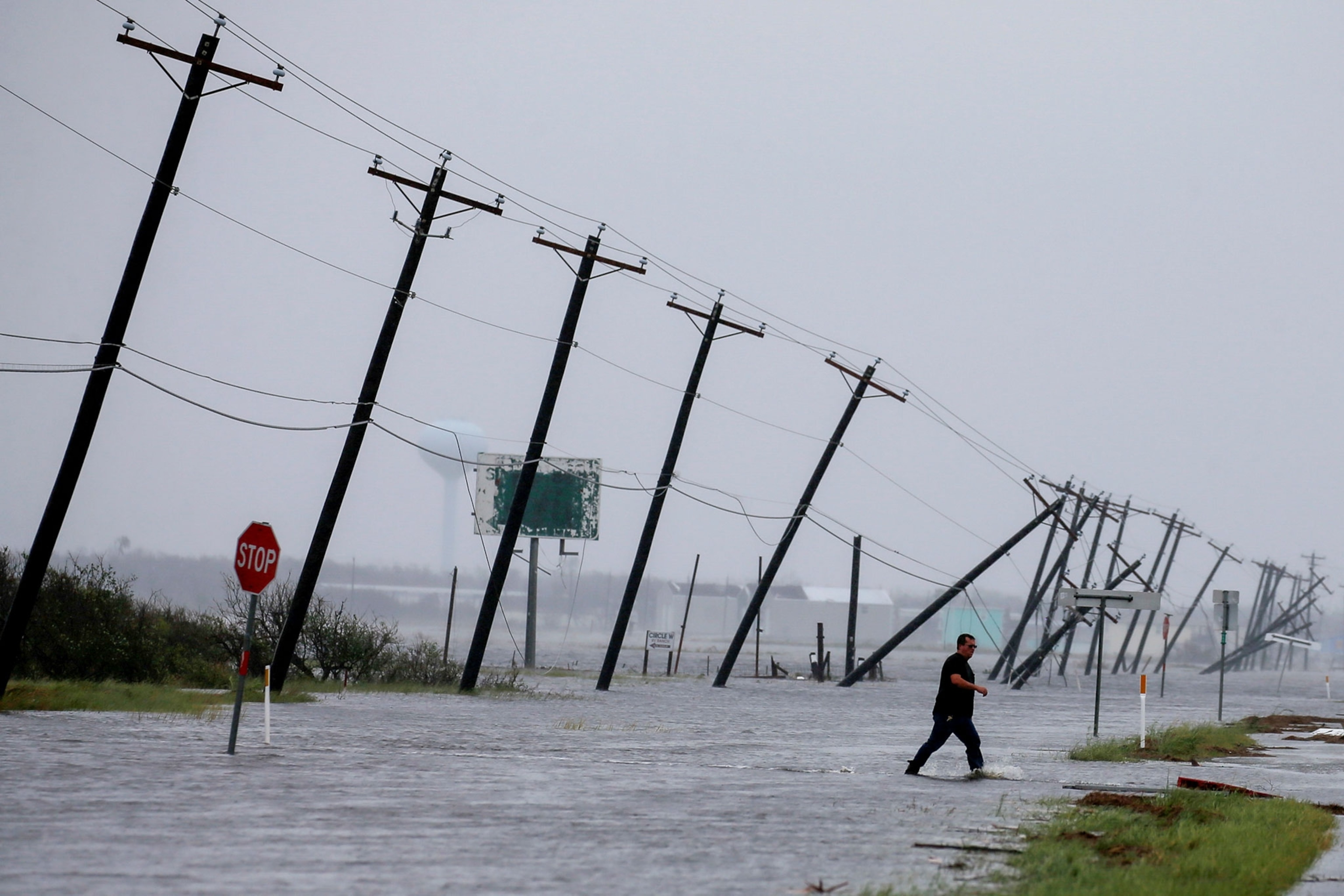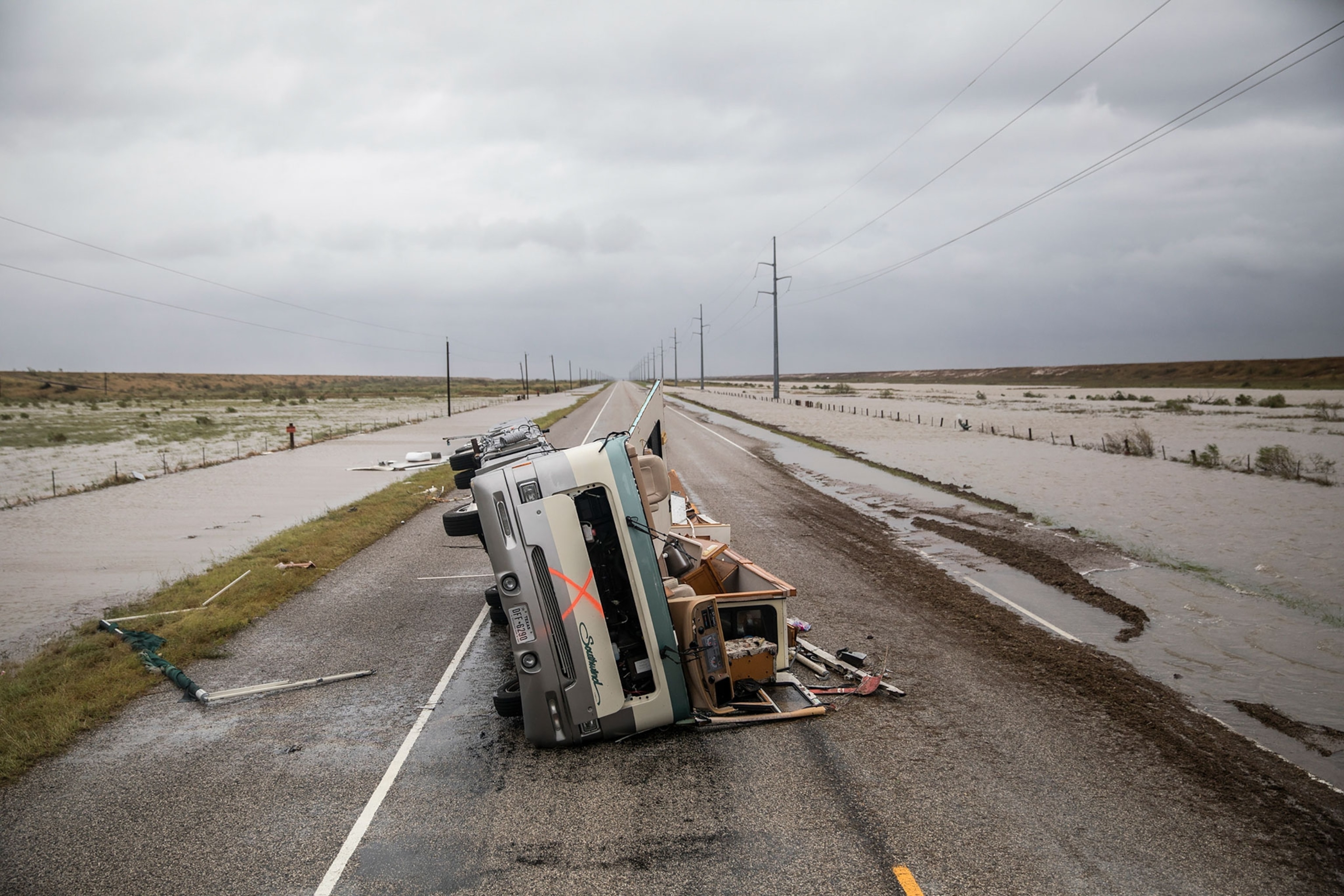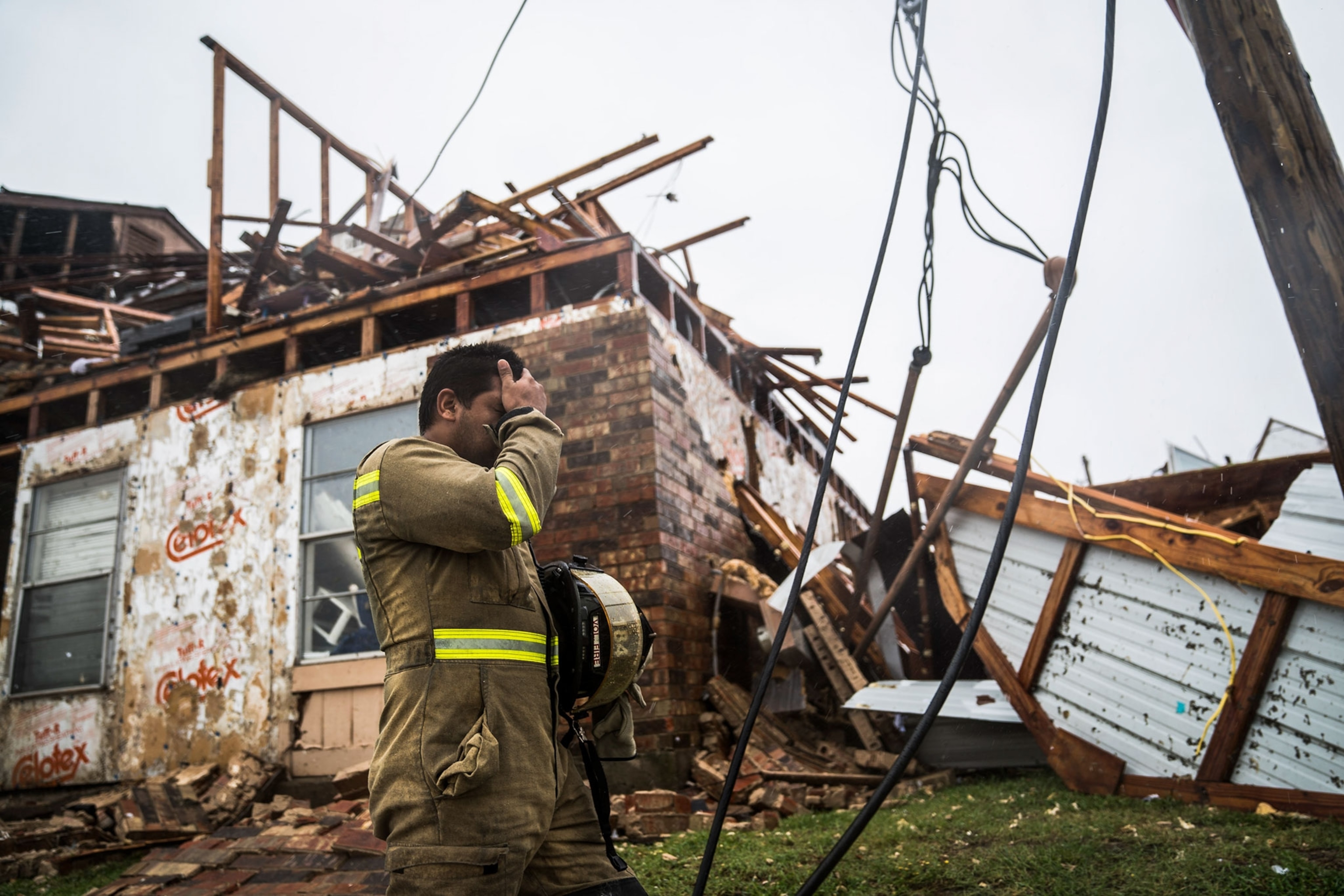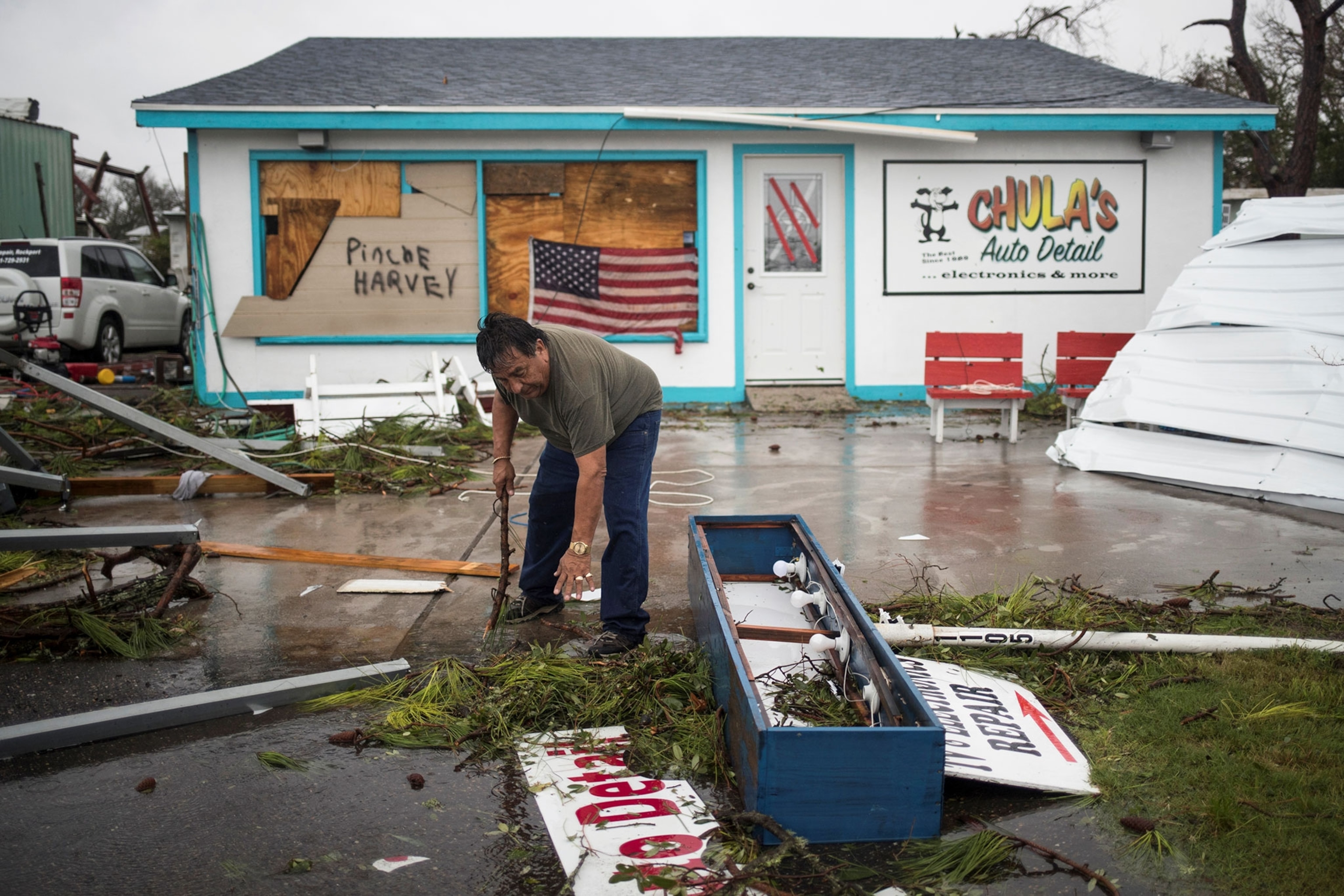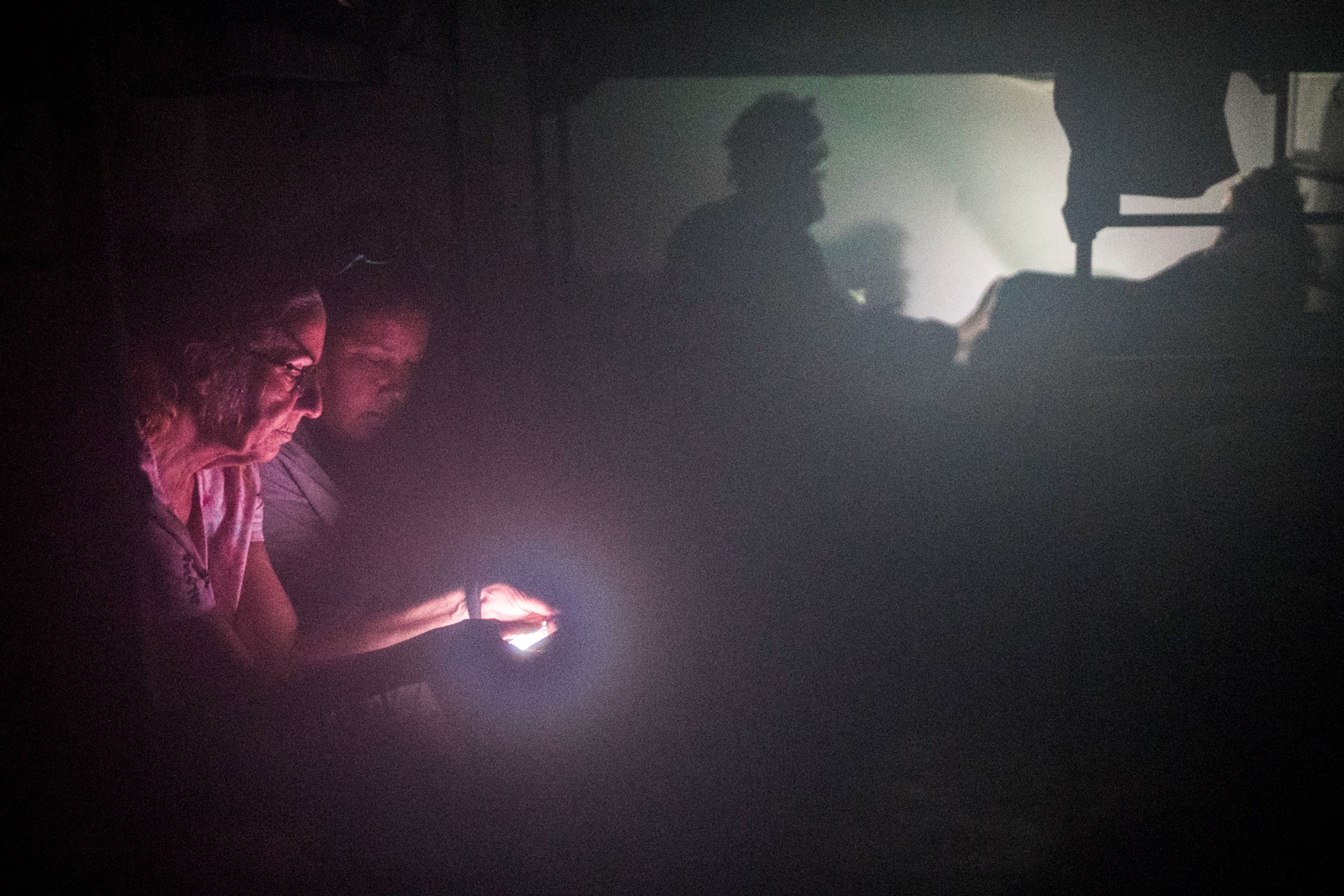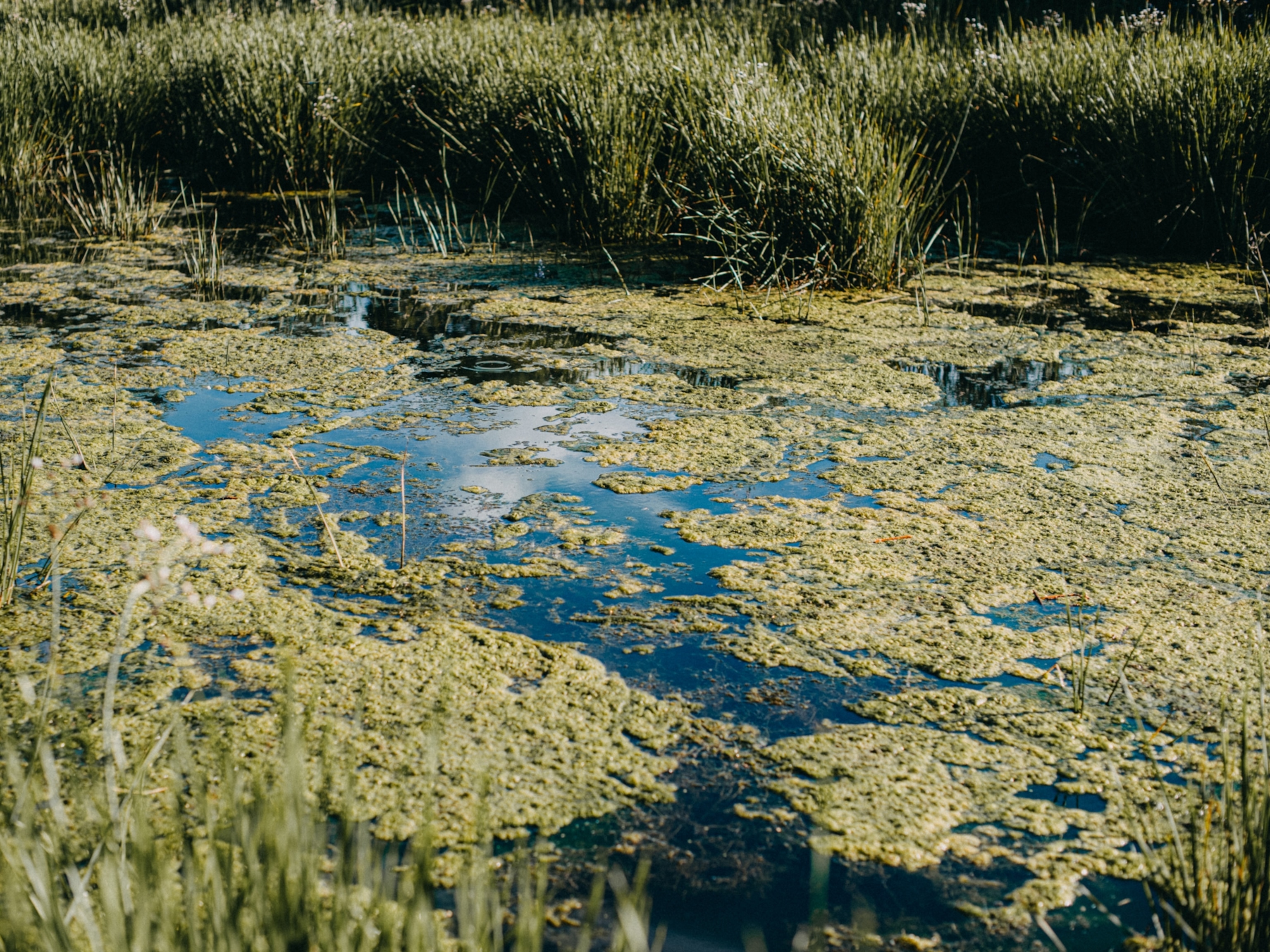
What are flesh-eating bacteria, and how do you fight them?
Roughly a thousand people a year contract necrotizing fasciitis. Here’s what it does and how science is combating the bacterial threat.
In the aftermath of Hurricane Harvey, dangerous creatures lurked in the murky floodwaters that lingered in storm-ravaged Houston, Texas. When 77-year-old Nancy Reed fell in her flooded home and broke her arm, one of the most vicious attacked.
Reed ultimately succumbed to flesh-eating bacteria, a supercharged bacterial strain that made its way into her subcutaneous tissue, traveled along planes of connective tissue called fascia and—like a hurricane—quickly destroyed everything in its path. (Find out why this hurricane season has been so catastrophic.)
Flesh-eating bacteria is technically a misnomer; these bacteria don’t eat flesh, but instead release toxins that liquefy tissue. The medical term is necrotizing fasciitis, or “death of the fascia.” Roughly a thousand cases are reported each year in the U.S., according to the Centers for Disease Control and Prevention, which also notes that this number is likely an underestimate.
What causes all these cases of flesh-eating bacteria, and how can we combat them? Here’s what we know.
What are flesh-eating bacteria?
Several types of bacteria can cause the level of rapid tissue death that becomes labelled as necrotizing fasciitis. One of the most common is group A Streptococcus, and it lives all around us—often residing harmlessly in our throats, less often causing strep throat or scarlet fever, and sometimes terrorizing tissue to death.
By sequencing the genomes of group A strep bacteria, scientists in 2014 tracked four changes in recent decades that created a more virulent version, including a serious double whammy: The supercharged strain has been infected by two different viruses, so it now carries viral genes that make it more likely to cause disease.
How do these bacteria penetrate the body?
“There are often points of entry—a cut that gets the bug through the skin to the deep areas; or sometimes it’s a poke, like a thorn or a needle stick; or on other occasions it might be an insect bite,” says William Schaffner, an infectious disease specialist at Vanderbilt University Medical Center who has spent decades studying these pathogens. But there are times when doctors can’t find a point of entry, so it’s possible the bacteria can get through non-punctured skin.
How quickly do flesh-eating bacteria spread?
These bugs move fast. Infections can spread an inch an hour and quickly cause sepsis, multi-organ failure and even death in as many as one in three of those infected, Schaffner says.
What are the first symptoms?
Often the hallmark symptom is not fever or surface discoloration of the skin, but really serious pain, because of the deeper tissue damage that’s occurring. “Before it becomes really evident, it can cause a great deal of destruction,” Schaffner says.
How do we currently treat these infections?
“The two principal modes of therapy are antibiotics to address the infection and surgery to expose it to oxygen,” Schaffner says. Many of the bacteria involved are anaerobic, which means they thrive in the absence of oxygen. Exposure to the air helps kill them. Surgeons also must remove already dead or damaged tissue to help heal the wounds.
Are people who’ve been infected by these bacteria before in some way protected?
“This is on the cutting edge of what we’re trying to study,” Schaffner says. First, doctors need to figure out if there are specific strains of group A strep that are more likely to cause necrotizing fasciitis. Researchers then want to study people who develop the disease, to see if genetics play a role.
“Lots of people have sore throats; very few have invasive disease,” Schaffner notes. “Are there people who have a genetic predisposition to get these more invasive infections when they encounter group A strep? It’s an open question.”
Is a vaccine in the works?
“Yes and no,” Schaffner says. One vaccine won’t work against all the bacterial strains that can cause necrotizing fasciitis. But scientists are working on group A strep vaccines more generally because of the many complications these bacteria can cause, particularly rheumatic fever. If successful, this wider vaccine may help in some cases of flesh-eating disease.




